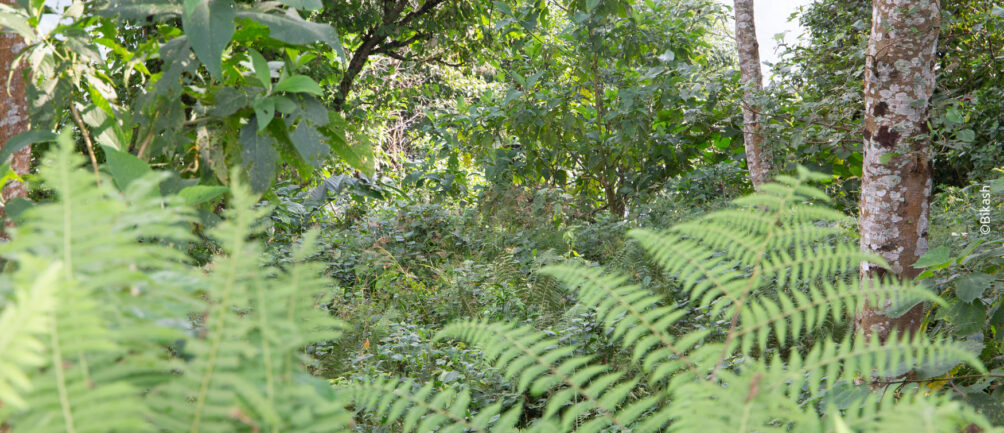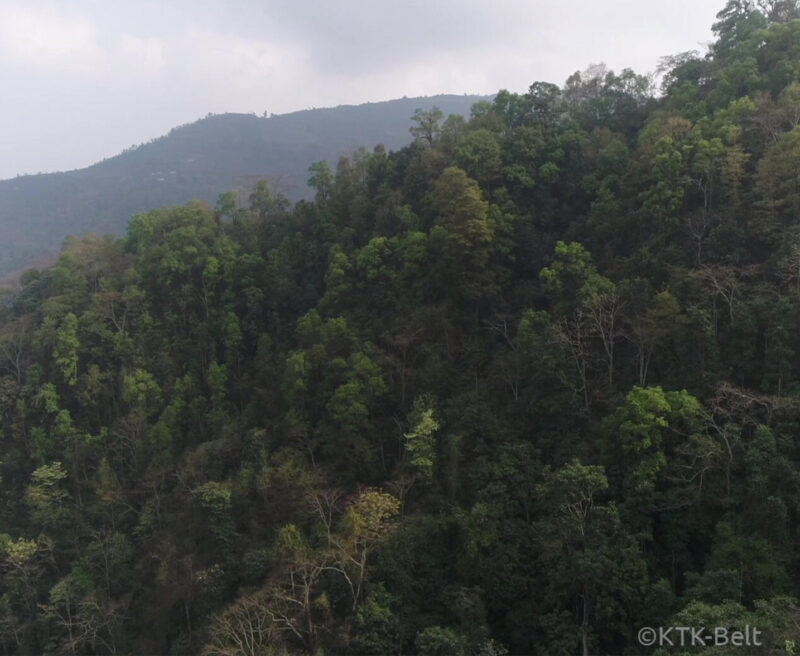The topography of Nepal extends from just 67m above sea level in the south of the country to the 8,848m summit of Mount Everest on the northern border. Within this vast altitudinal range is a diverse mosaic of climates and habitats that support a rich biodiversity. Nepal makes up less than 0.1% of the Earth’s landmass, yet contains over 2% of all flowering plant species, 3.9% of all mammal species and 8.9% of all bird species.
The wildlife of Nepal includes many highly threatened species, including the Gharial, Red Panda, Bengal Tiger, Snow Leopard, Asian Elephant and Greater One-horned Rhinoceros. The country also harbours two species of pangolin (the most trafficked mammal in the world) and four Critically Endangered vultures. Around 300 flowering plant species and 160 animal species are endemic to Nepal, most of which are concentrated in the alpine and subalpine zones.

